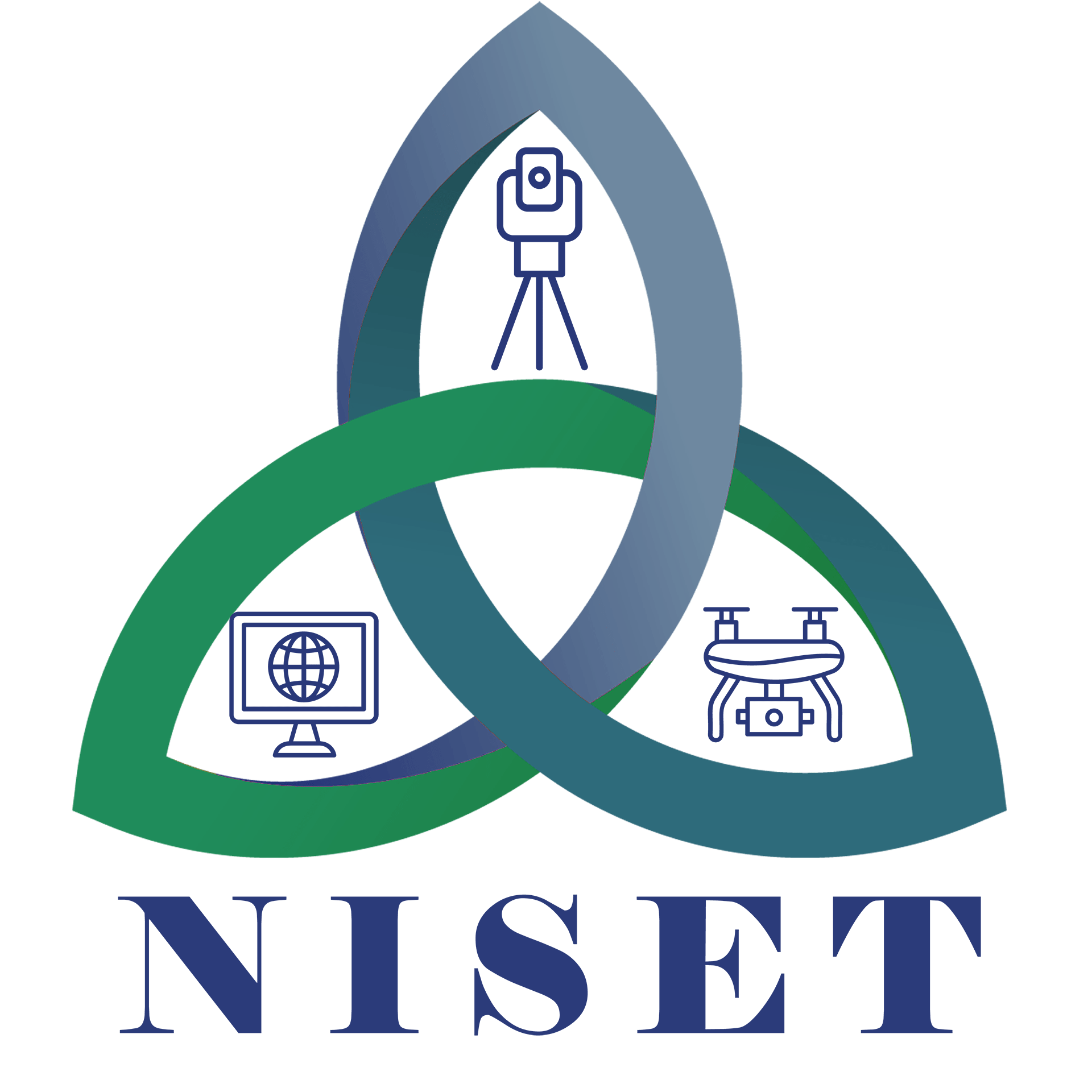SURVEYING PROGRAM
DEGREES OFFERED AT NISET

Certificate of Land Surveying Engineering Technology
(Approved by the Texas Workforce Commission)
NISET’s Online Surveyor Certification Program was created “to empower the next generation of Professional land Surveyors through quality distance education programs.” The courses and field programs were designed to provide land survey students access to the most current learning methods, rigorous instruction in all core areas of surveying knowledge and provide hands-on, practical experiences meant to replicate what students will experience in the land survey industry after receiving their surveyor certification. Here you can review NISET’s surveyor certification program objects and course information.
PROGRAM OBJECTIVES
- Program graduates will apply the knowledge and skills gained during their common core, surveying, mathematics, and science communication courses to attain advancement within the surveying profession.
- Program graduates will be licensed as professional surveyors and be engaged in the professional practice of surveying engineering with high ethical and professional responsibilities.
- Program graduates will have a deep understanding the of the history of the surveying profession and apply the lessons learned by our forefathers to solve contemporary geospatial problems.
- Graduates will meet industry expectations in managing ethical, societal, and environmental issues in the practice of surveying engineering technology.

Real-world subjects meant to get you a great job and pass any land survey exam
(CST I-V, SIT, PLS)
CLASSES FOR 2021 - 2022 ACADEMIC YEAR
Fall 2021 (August 2021)
Spring 2022 (Jan. 2022)
Summer 2022 (May 2022)
Plane Surveying includes historical introduction to field measurement and mapping; distance measurement using electronic distance meters; calibration and reduction. Leveling instruments; principles, construction, testing and adjustment; ancillary equipment. Optical and electronic theodolites. Traverse computations and adjustment. Coordinate systems. Map projections.
Introduction to manual and computer-based drafting principles, practices, and techniques in surveying and mapping. Lessons include the development of the basic drafting skills needed to produce surveying plats and graphical presentations, the use of scale, perspective, and color/shading to produce useful, beautiful maps, and the required skills to operate computer-aided drafting and design (CADD) programs.
A detailed study of the U.S. Public Land Survey System including its creation, history and evolution, methods of creating townships, subdividing sectionalized lands, locating and restoring corners and conducting field surveys. Students are expected to be able to answer PLSS questions on the FS and PS exams as well as be able to step into a role with a private or government position in a PLSS state.
Subdivision Design covers different phases of the land development process. We will study subdivision laws from various states, site evaluation, boundaries, topographic and control surveys, and environmental and cultural considerations. Students design lot and building arrangements, all streets, and drainage channels / basins.
Legal Principles of Land Surveying and Property Boundary Location. The core principles that every land surveyor should know before practicing will be covered including priority of calls, junior/senior rights, simultaneous conveyances, writing and understanding deeds and descriptions, easements, adverse possession, and other must-know subjects. This is a doctrinal class and it is recommended that the student complete an internship or a practical class after completing Legal Aspects.

GRADUATION REQUIREMENTS
- Apply for Graduation At Least One Semester Before Expected Graduation Semester
- Complete All Required Coursework (32 Credit Hours)
- Maintain a 2.50 Grade Point Average
- Complete All Other Requirements as Listed in Your Audit Report
